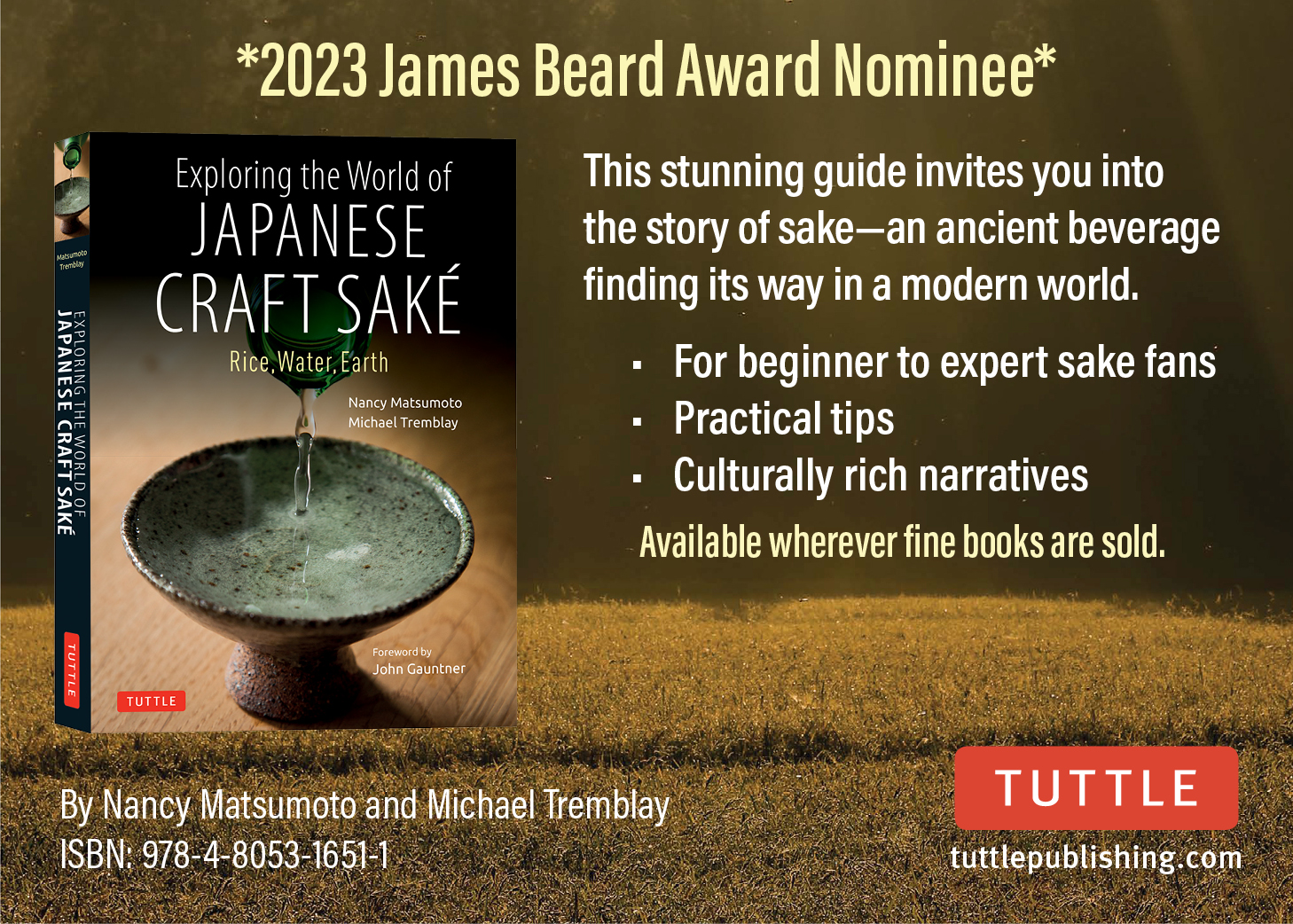Seyval Blanc is a white French-American hybrid variety that is grown in the Hudson Valley. The grape is adaptable to different regions and climates, and can be found throughout the eastern United States, northern France, and England. Like Baco Noir, it is a versatile grape that can be made into many different wine styles: Very fruity, semi-dry Germanic whites; Sancerre-like wines or Sauvignon Blanc-style wines that are dry with crisp fruit, grassy, or herbal notes; Chablis-style Burgundies made with Chardonnay; and California-style, fat and buttery Chardonnays.
Seyval Blanc was bred in France in 1921 by Bertille Seyve, Jr. Initially called Seyve-Villard 5-276 – a cross of Seibel 5656 with Seibel 4986 (Rayon d’Or) – Seyval Blanc was one of his first successful hybrids. Bertille Jr. and his brother Johannes both established competing grape nurseries at the time, and so Bertille Jr. named all of his hybrids, Seyve-Villard (S-V) to avoid confusion. Other grapes developed by Bertille Jr. include Villard Blanc, Villard Noir, and Roucaneuf.
Most wineries in the Hudson Valley produce a wine made with Seyval Blanc grapes. When Sevyal is fermented at a cool, but not cold, temperature and aged in neutral containers such as glass or stainless steel, the result is a high-acid, Germanic-style white wine. The wine’s fruit flavors include elements of green apples, pineapples, and citrusy notes of lemons, grapefruit, and pears. It is a bright wine that is clean and crisp—even metallic. To offset the high acid, it is often finished as a semi-dry wine.
If the wine is made from ripe to very ripe grapes and then fermented cool, but aged in oak barrels for a short time, the wines can taste more like French white wines such as Sancerre or Muscadet, or wines made from the Sauvignon Blanc or Semillion grapes. These Loire-like whites are more complex, with an herbaceous, flint-like body and softer fruit flavors of pears, melons, peaches, and apples. The wines are rounder and more subtle than the Germanic-style Seyvals.
Seyval can result in a more Burgundian-style Chardonnay wine if it is picked ripe—but not too ripe—and aged in oak for six months or more. The flint and steely finish is still there, but it is more austere with fruit flavors of apples, cider, peaches, and pears with a complex yeasty and toasty vanilla finish. These wines age well – twenty-five-year-old Seyvals made in this style remain as fresh and interesting as any Burgundian Chablis of the same age.
The grape can also be made in a California Chardonnay style that is fat, buttery, and full of wood and vanilla flavors. If very ripe grapes are fermented in oak barrels and left on the lees (i.e., sediment) while aging, this results in a California-style Chardonnay. These wines tend to have big, wild flavors of melons, bananas, honey, ripe peaches, orange blossoms, almonds and hazelnuts. The body is round, warm, buttery and complex with lots of vanilla throughout, with no hint of herbaciousness.
Like Baco Noir, Seyval Blanc should remain an important grape variety for the Hudson Valley as it is well-suited to cool climates, grows well here, and is also very versatile in the cellar.




